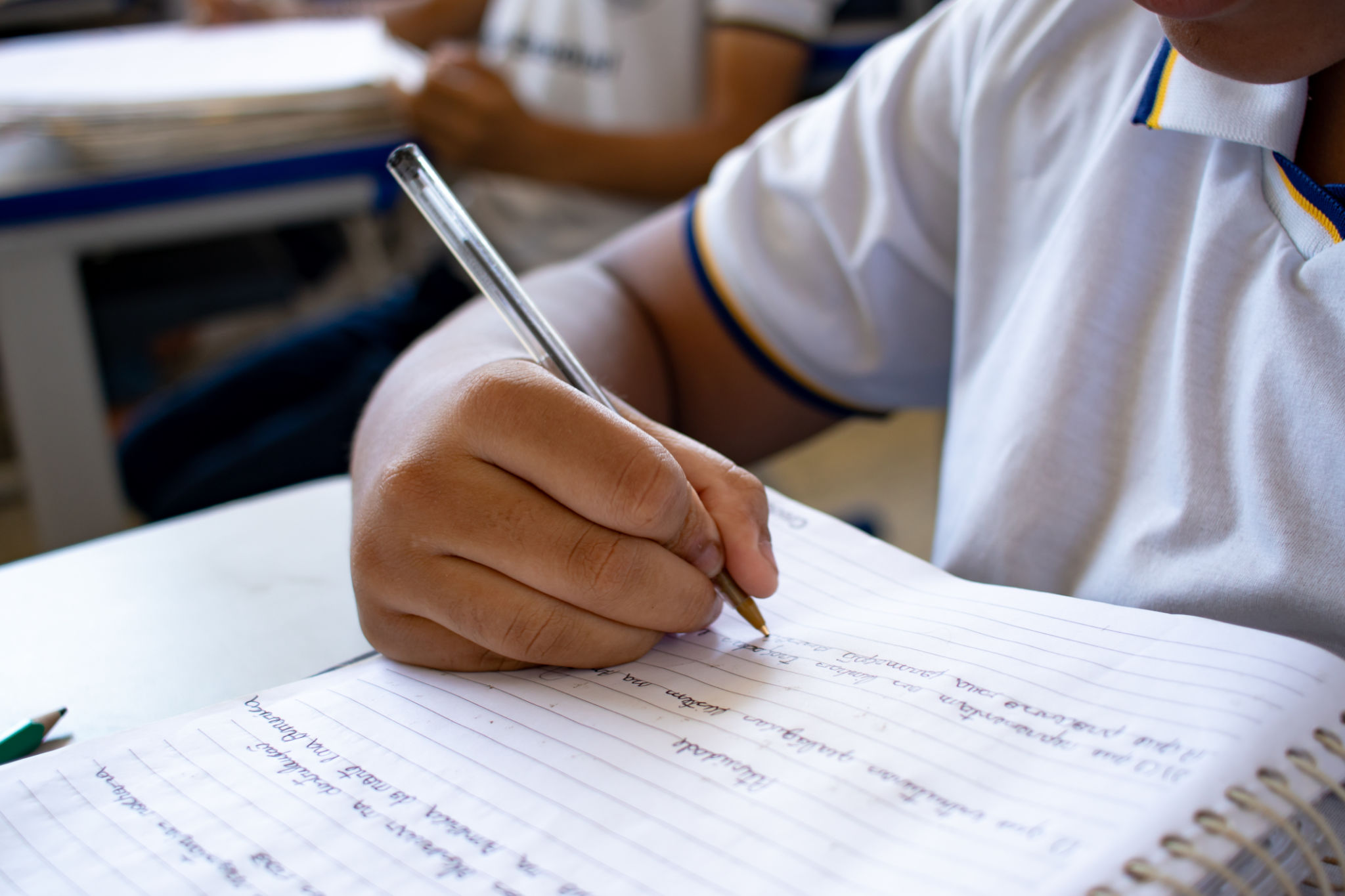Understanding the Brazilian Grading System: A Comprehensive Overview
Introduction to the Brazilian Education System
The Brazilian education system is a vast and complex structure that encompasses various levels and types of education. It is governed by both federal and state laws, ensuring that educational standards are maintained throughout the country. Understanding this system is crucial for students, parents, and educators who are navigating the academic landscape in Brazil.
In Brazil, education is divided into different stages, starting from early childhood education and continuing through to higher education. Each stage has its own unique grading system, which is essential for assessing student performance and progression.

Primary Education Grading
Primary education in Brazil, known as "Ensino Fundamental," is compulsory for children aged 6 to 14. This stage is divided into two cycles: "Ensino Fundamental I" (grades 1 to 5) and "Ensino Fundamental II" (grades 6 to 9). The grading system at this level is generally qualitative, with assessments focusing on the development of basic skills and knowledge.
In many schools, students are evaluated using a combination of written tests, oral presentations, and project work. Teachers provide feedback using descriptive reports that highlight the strengths and areas for improvement for each student. This approach helps in nurturing a holistic understanding of each child's educational journey.

Secondary Education Grading
Secondary education, or "Ensino Médio," covers grades 10 to 12 and is designed for students aged 15 to 17. The grading system at this level becomes more quantitative, with scores often ranging from 0 to 10. Each subject's final grade is typically an average of various assessments conducted throughout the year.
- 0-4.9: Fail
- 5-6.9: Pass
- 7-8.9: Good
- 9-10: Excellent
The emphasis at this stage is on preparing students for higher education or vocational training, making the grades particularly significant as they can influence future opportunities.

Higher Education Grading
Higher education in Brazil includes universities and other tertiary institutions offering undergraduate and postgraduate courses. The grading system at this level varies significantly depending on the institution and course of study. However, a common scale used is from 0 to 10, similar to secondary education.
Some universities employ a letter grading system, where grades such as "A," "B," "C," and so forth correspond to specific numerical ranges. This system allows for a more detailed evaluation of student performance across diverse disciplines.
Challenges and Opportunities
The Brazilian grading system faces several challenges, including disparities in educational quality across regions and schools. However, it also presents opportunities for reform and improvement, particularly in the integration of technology to enhance teaching and assessment methods.
Efforts are underway to standardize grading systems and to ensure that all students have access to quality education regardless of their socioeconomic status. These initiatives aim to create a more equitable educational landscape in Brazil.

Conclusion
Understanding the Brazilian grading system is essential for anyone involved in education within the country. From primary school through to university, the system reflects a blend of qualitative and quantitative assessments designed to support student growth and development.
While there are challenges to overcome, the ongoing reforms provide hope for a future where educational excellence is accessible to all Brazilian students. By staying informed about these systems and changes, parents, students, and educators can better navigate the academic journey in Brazil.
